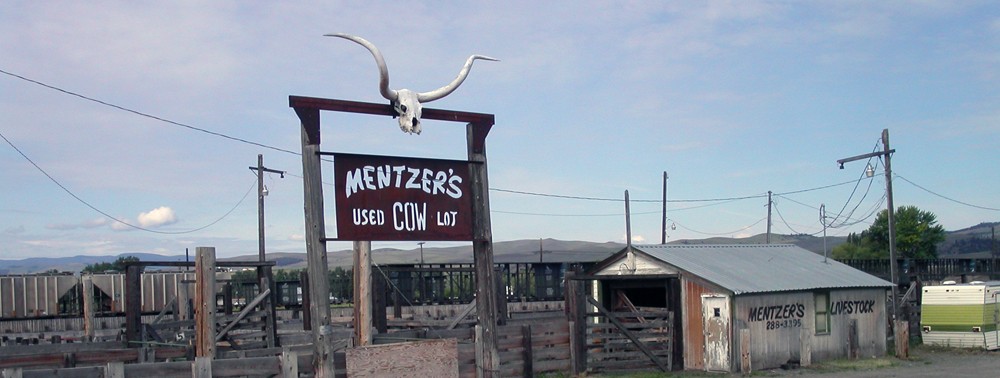Did Decatur, Ga., have a plan to turn its city all white as some urban legends and local rumors suggest? In a conspiracy theory sense, it’s not likely. But, the city certainly created an atmosphere through 35 years of official policies and resident actions that instilled in many African American residents a belief that there was a “Plan” to remove them.
[1] I told my mom recently that I don’t even want to live here any more because I can’t go to work in the morning without looking around, wondering which way I should go to avoid being stopped because I’m driving her car. I can’t come home at night without wondering if I should go down DeKalb Avenue or come down [Interstate] 20 and go through Kirkwood. I don’t know which way to even make it home and I can’t be comfortable. — Decatur resident, Decatur City Commission, 21 April 2014
[2] Decatur’s a great place. I love it. I love seeing the signs saying one of the ten greatest places in the U.S. to live. It makes me feel so good. But then I know there’s something under the carpet and y’all should know it and a lot of African American people do know it.
That we feel like we’re not wanted in Decatur.– Decatur resident, Decatur City Commission, 21 April 2014
[3] They’d be every day trying to get you to sell, to get out. I guess to get out so they can just finish so it will be all white. That’s what I think it is — Decatur resident, April 2012
The Decatur Plan wasn’t hashed out in a smoke-filled backroom in the towering former Decatur Federal bank building. Instead, it is a cluster of loosely fitting motifs or rumors built on a conspiracy theory originating in Decatur’s African American kitchens, living rooms, barber shops, and churches. Continue reading













